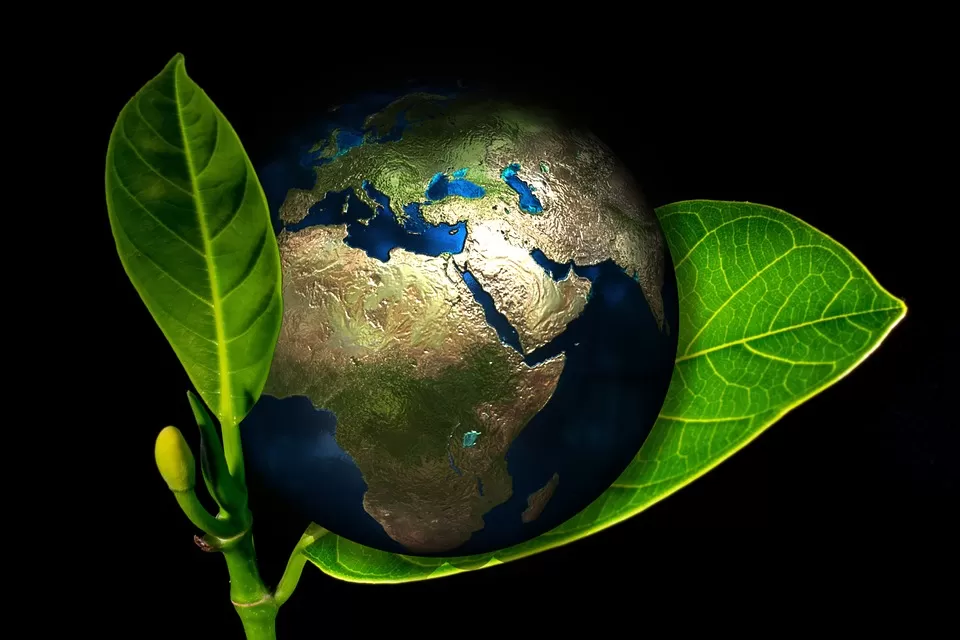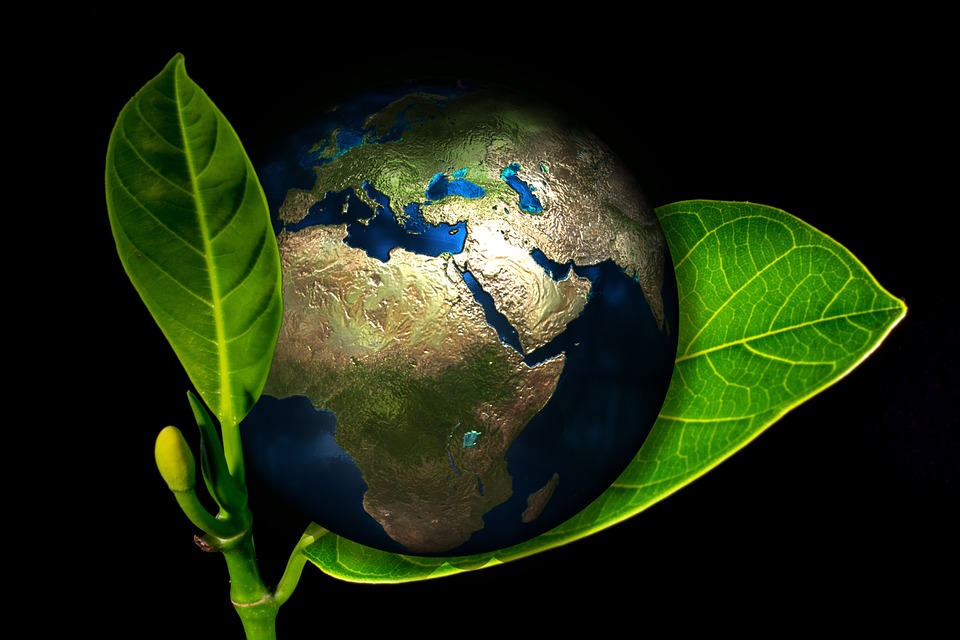Amazon has taken the initiative to help consumers find the eco-friendly products they want to support by implementing the Amazon Climate Friendly Badge. If you sell products that are eco-friendly and use minimal packaging, you could be eligible for this badge.
This can be an excellent way to broaden your target market and access a new pool of consumers who are more likely to purchase your product if it has such a badge. Luckily, securing an Amazon Climate Friendly badge isn’t too difficult of a process. Let’s break down everything you need to know about the Amazon Climate Friendly badge and how to add one to your product pages.
How to Get the Amazon Climate Friendly Badge
Whether you fulfill your orders on your own or have them fulfilled by Amazon (FBA), you can get a climate pledge-friendly badge for your product page by following a few key steps.
Understand What the Climate Friendly Badge Actually is
The Climate Friendly Badge or Climate Pledge Friendly Badge is a marker used to note products that are sold on Amazon that meet specific sustainability certifications from outside organizations such as Fairtrade. This badge is available to any product, assuming they are formally approved as environmentally friendly by one of these outside organizations. Whether you sell household products, electronics, fashion items, or beauty products, you can get a badge.
Shoppers on Amazon will be able to see your Climate Friendly badge on individual products that you sell. They will also be able to see your product’s badge while scrolling through keyword search pages as well. When a shopper clicks on your badge, they will be able to view your certifications and access information about how your certifications are impacting sustainability efforts. The badge will feature green text with a bird symbol and will be situated underneath your ratings and answered questions line in your product description, a few lines below your product name.
You can even take advantage of Amazon’s Climate Pledge Friendly storefront. This lets customers browse your storefront page and sort items by their Climate Friendly certifications. If your brand’s mission is heavily focused on sustainability, this is an incredible way to target a larger market of like-minded consumers. Once you’ve secured your badge, it’s also a very good idea to include information about sustainability and your brand’s eco-friendly mission on the product page itself. You can easily add this information to your product details and your storefront page. The more attention you can bring to your certification, the more valuable and trustworthy your claim of eco-friendly value will be.
Understand the Different Climate Pledge Friendly Certification Partners
The Amazon Climate Pledge Friendly badge is offered on a product-to-product basis and is not specific to brands. Your product will need to be certified by a sustainability partner that works with Amazon. Luckily, you have quite a few partners to choose from. These include:
- Forest Stewardship Council
- Rainforest Alliance
- Recycled Claim Standard 100
- Green Seal
- Made in Green by Oeko-Tex
- Amazon’s Compact by Design
- Recycled Claim Standard Blended
- Responsible Wool Standard
- Organic Content Standard 100
- Global Organic Textile Standard
- Carbon Free Certified
- ENERGY STAR Most Efficient
- Fairtrade International
- Bluesign
- Reducing CO2
- ECOLOGO
- Cradle to Cradle Certified
- EPEAT
- Global Recycled Standard

If your product is already certified by a partner not included in Amazon’s partnership list, you have the option of applying for a badge anyway. Amazon has noted that they are constantly evaluating different certifiers, so your certifier could be acceptable.
When you’ve certified and approved your product with one of these organizations, Amazon will then display the Climate Pledge Friendly badge on your product listing. Your product page will also show all of your certifications to consumers. If you’ve been approved and still don’t see your badge, make sure you contact Amazon through Seller Central to fix the issue.
Opt for the Amazon’s “Compact by Design” Packaging Certification
Compact By Design is Amazon’s own certification option. This certification is designed to highlight products that use a highly efficient product design. Amazon claims that by removing surplus air and water from products, there is less of a need for excessive packaging. Just as well, Amazon claims that using more efficient packaging makes shipping processes easier, more efficient, and faster.
In order for your product to qualify for the Compact by Design certification, it must have excellent unit efficiency. A unit in this case would be defined as the total amount of product in the packaging that is being evaluated. Excellent unit efficiency is measured and standardized through various product categories. You can look up what your ideal unit efficiency is for your specific product by looking at the product catalog located in the Seller Central dashboard or Vendor Central dashboard.
To give you a ballpark idea of what an efficient unit looks like, here are some examples from the page:
- Shampoo and conditioner bottles: A bottle that features a cylindrical shape would be considered more efficient than a bottle with a sloped-neck shape with the same weight.
- Bags of small individual products: A plastic bag that is packed full of small products is more efficient than a larger air-filled package filled with the same amount of product.
- Cosmetics: Lipsticks, mascara, eyeliner, and other beauty products that are packaged in simple plastic wrap are more efficient than products that are packaged in both plastic and cardboard.
Figure Out How Efficient Your Units Are
Basically, Amazon will calculate unit efficiency using the following formula:
(Cubed volume of each unit) X (weight of each unit)
This formula helps Amazon to standardize how products are utilized by volume and weight for units sold on the platform. Ideally, you’ll want a lower unit efficiency because that will establish that your product is more efficiently designed than your competitors.
For example: If you sell a dishwashing soap product that contains condensed product and can be packaged in an eight-ounce container, your product would have better unit efficiency than a dishwashing soap product that is not condensed and is 16 ounces.
There are a number of ways you can specifically design your product to be eligible for unit efficiency, depending on the product you are selling. We’ll use the above example to create a formula for designing a more efficient dishwashing soap product.
Start with:
(Package dimensions per item) X (The length, width, and height of the product) / Use
Multiply this number by:
(Weight) / (Use)
This will determine your unit efficiency in a general sense and is applicable for most items. In the context of dishwashing soap, the result would look something like this:
(Inches of product ^ 3) * (Total pounds)
Divided by:
(Use ^ 2)
Here’s a more in-depth example of our dishwashing soap example:
(5 inches X 3 inches X 10 inches) / (60 cycles)
Multiply this number by:
(1 pound) X (60 cycles)
The result would be: 0.04
Amazon will establish specific category limits for unit efficiency by calculating it across every item in a specific product category. If you have a superior unit efficiency than your category’s noted threshold, your product will be considered highly compact by design in your specific product category, and you will then be eligible for the Climate Pledge Friendly badge.
Amazon has done a few other things to be more eco-friendly.
The platform has provided the option to purchase products with Frustration-Free Packaging. This type of packaging is designed to be unloaded or unpacked without having to deal with particularly stubborn tape, styrofoam, pellets, etc. In addition to not being so frustrating for buyers to deal with, this packaging is also minimal and producing less waste than traditional packaging.
When it comes down to it, the future of shopping and consumer behavior is changing. More and more consumers are seeking out new ways to support a sustainable world, and the most common way they are doing so is by purchasing eco-friendly products. Amazon’s Climate Pledge Friendly badge can be the catalyst that leads a ecologically-focused consumer to purchase your products over a competitor’s products.
This isn’t a short-term boon, either– having that badge established on your products can result in ongoing long-term revenue. Plus, the program is free to join– so why not give it a shot? You might be surprised by how much a Climate Pledge Friendly badge can impact your brand. By marking your product as climate-friendly, you could seriously benefit your Amazon-based business.
What do you think about our guide to getting the Amazon climate-friendly badge? Tell us how our best practices and tips helped you get that coveted badge in the comments.
You can also check out our last blog post here!
